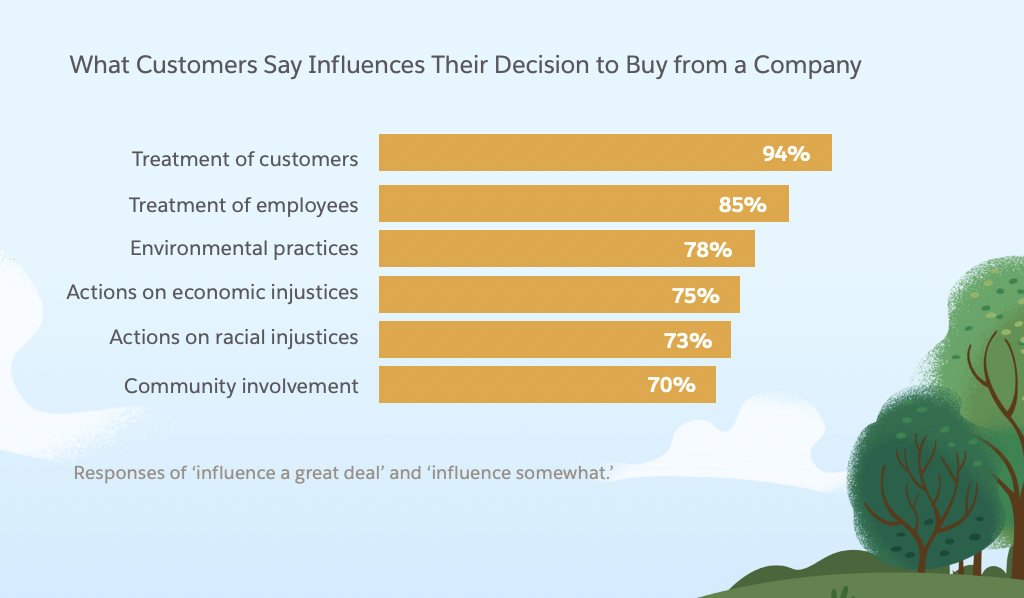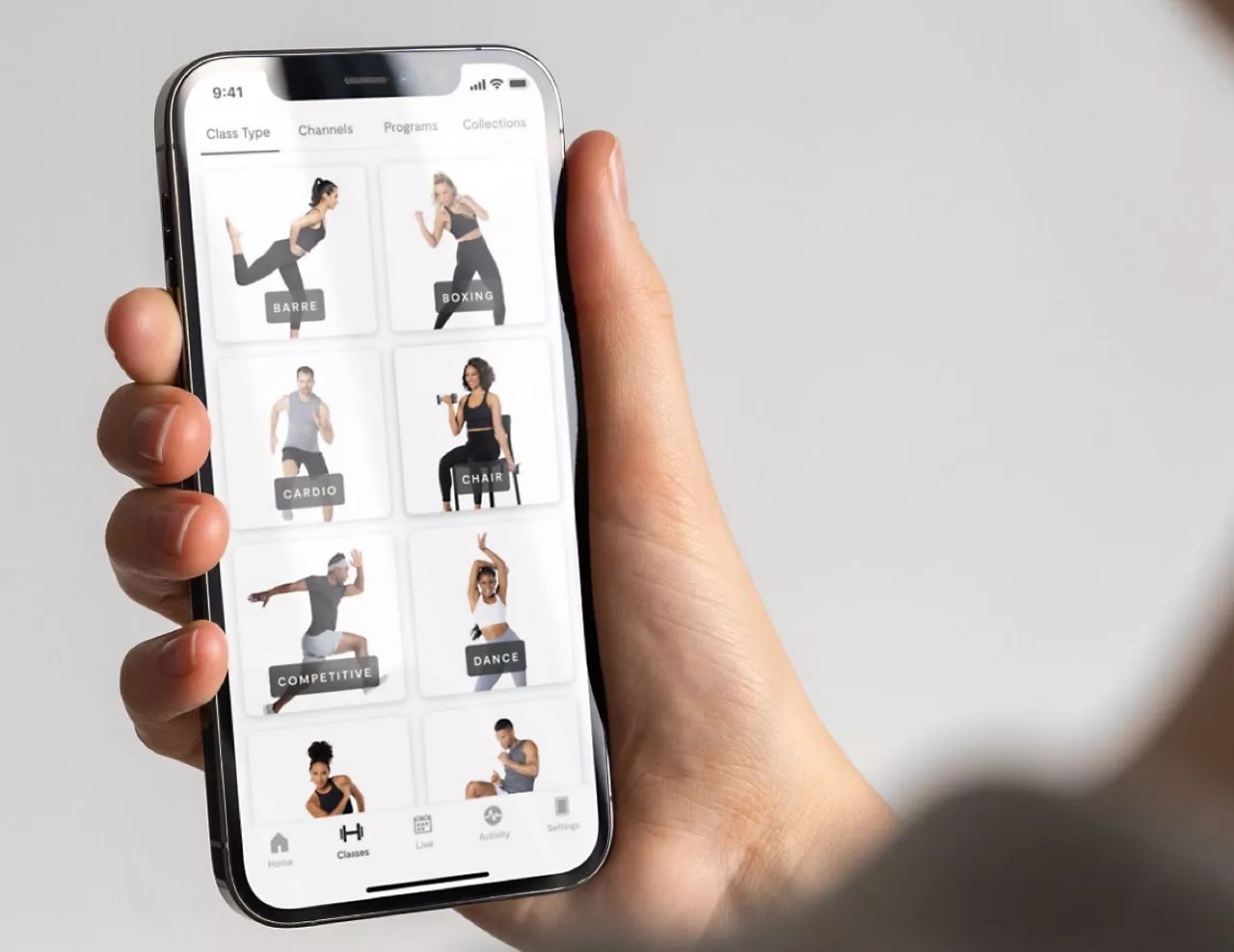4 min read
The Future of Retail: 4 Tips for Creating a Retail Experience that Resonates
![]() Megan Honan
:
Oct 17, 2022
Megan Honan
:
Oct 17, 2022

There is only one constant in retail: change.
Keeping up with consumer expectations and new technology has always been challenging. But over the last three years, retailers have witnessed unprecedented growth. In 2020, ecommerce sales in the United States increased by 43%. Although consumers returned to stores in 2021, digital spending still increased by 14% year-over-year.
The pandemic not only accelerated eCommerce; it sparked the fastest digital transformation of the retail landscape. As retailers look to the future, creating an innovative and agile retail experience for customers is top of mind.
In this article, we'll explore how consumer expectations have changed and what brands can do today to prepare for the future of retail.
The New Consumer
Today, consumers are digital-first; they expect speed, convenience and a hyper-personalized experience. Designing a retail experience that fits the omnichannel consumer is critical for retailers.
Let's take a closer look at how consumer expectations have changed.
The rise of new channels
Consumers are adopting new channels faster than ever before. Over the past two years, 68% of consumers reported purchasing products in new ways.
Today, consumers are more mobile-centric, spending over four hours daily using their smartphones. And how consumers use their phones has also changed. By 2023, mobile commerce (m-commerce) sales will exceed $728 billion. This will account for 44.2% of retail ecommerce sales in the United States.
At the same time, more people are turning to social shopping. Accenture predicts that social commerce will grow three times faster than ecommerce. This year, sales from social media are expected to surpass $45 Billion.
Consumers are omnichannel
Despite the emergence of new channels, shoppers are not loyal to any particular one. Instead, 78% of consumers use multiple channels to research and make a purchase.
Consumers also use digital channels while shopping in physical stores. A study by PYMNTS and Cybersource found that 28% of US consumers use their phones to research products and compare prices.
consumers expect a seamless experience
Consumers expect a frictionless experience emphasizing speed, convenience and personalization.
Last year, 44% of shoppers cited convenience as a reason they switched brands. Omnichannel fulfillment options—such as buy online, pick-up in stores, curbside pick-up and ship from store—are no longer a novelty. Customers expect easy and convenient access to products.
At the same time, consumers want a more personalized experience. Seventy-three percent of shoppers expect brands to understand and anticipate their unique needs. And if a shopper has a question or issue, the customer service experience is critical for brand loyalty. Ninety percent of consumers expect an immediate response—10 minutes or less—when contacting customer service.
consumers shop with a purpose
Consumers are also more selective with their wallets. Shoppers want to support brands that align with their personal beliefs. Last year, 66% of consumers stopped buying from companies that did not share their values.

Customers crave experiences
Finally, consumers are looking to brands for meaningful experiences. As their daily lives migrate more online, consumers want retailers to create opportunities for connection.
In speaking with McKinsey last year, Brian Solis, Global Innovation Evangelist at Salesforce, spoke to the importance of experiential retail. “Retailers can no longer just build fixed structures and rely on a business model based on, 'How much can we squeeze out of this design before we need a remodel?’” he says.
“It's about reimagining space and flow: How will people come through this space? What will they feel? What's the draw? What's the attraction beyond just stuff on shelves?”
Physical retail is no longer transactional. Instead, the store is an opportunity to drive brand awareness, customer loyalty and community.
Designing the Next Generation of Retail
For retailers, creating the customer experience of the future starts today. Here are four ways retailers can prepare for the future:
1. Connect online and offline
Customers expect a seamless and consistent experience whether they are shopping online or on Instagram. Channels should align with a brand's ethos and provide customers with the same level of service.
But channels should not offer an identical experience. In the same way companies create separate content for social media platforms—such as Twitter versus LinkedIn—retailers must consider how each channel enhances the customer journey.
For example, physical retail should not be an extension of a brand's website packed with rows of merchandise. Instead, stores should support the omnichannel journey and bring the brand to life.
2. Create a hyper-personalized retail experience
Consumers want companies to anticipate their needs. But recent consumer privacy changes, including Apple's iOS14 update, have made it challenging for retailers to understand consumer behavior. Companies can no longer rely on in-platform ad data.
Instead, brands must create owned channels to collect data and provide more personalized experiences.
During the pandemic, Michaels created an online education platform. The platform allowed external teachers to design courses and set their rates. The program has now expanded to in-person classes. The education platform allows Michaels to collect data and provide a more tailored experience to participants.

Aesop uses customer quizzes to recommend products. Spotify suggests live events based on a user's music history. And Hollister recently launched an app that allows customers to share their carts with their parents or guardians. These exclusive channels help retailers drive hyper-personalization.
3. Design opportunities for discovery & education
Today, consumers do not respond to traditional advertising—shoppers rely on word-of-mouth, review sites and organic social media to find new products. At the same time, 56% of consumers want to see and touch items before they make a purchase.
For retailers, creating opportunities for interactive product discovery and education is vital. Some examples include:
- UK wine retailer, Penfolds, uses scent strips and digital displays to educate customers about different types of wine.
- Last year, The North Face partnered with the San Francisco Museum of Modern Arts to launch its fall campaign: It's More Than a Jacket. The SFMOMA hosted interactive experiences sharing the brand's history and highlighting recent expeditions from North Face athletes.
- Eobuwie, a Polish footwear brand, does not have any shoes on display inside its stores. Instead, customer use tablets to shop for products and learn more about the brand.
4. Look for opportunities to build community
Finally, brands should look for opportunities to build community on and offline. Creating a community goes beyond increasing traffic and revenue. It also drives brand awareness and customer loyalty.
- Alo Yoga hosts online yoga classes and in-store events with its Alo Moves platform.
- Texas grocery chain, Central Market, hosts cooking classes (online and in stores) for shoppers of all ages.
- Last year, Lululemon acquired the at-home fitness platform Mirror. With a subscription to the Mirror platform, members can also attend exclusive in-store events and get early access to new products.

Creating the Retail Experience of the Future Today with Salesfloor
At Salesfloor, we're on a mission to transform the retail experience by combining human connection and the power of AI.
Salesfloor is the most comprehensive customer engagement platform. Our AI-assisted clienteling tools enable sales associates to provide a hyper-personalized customer experience. And with virtual selling solutions, associates connect with customers wherever they may be shopping.
Request a demo today to see how you can enhance the customer experience with Salesfloor.



